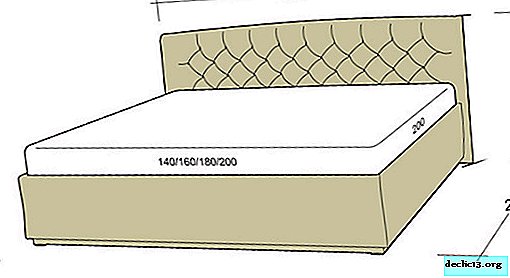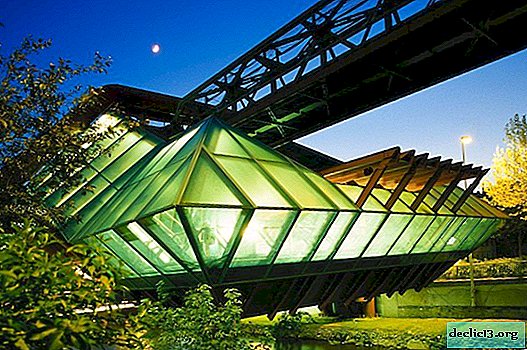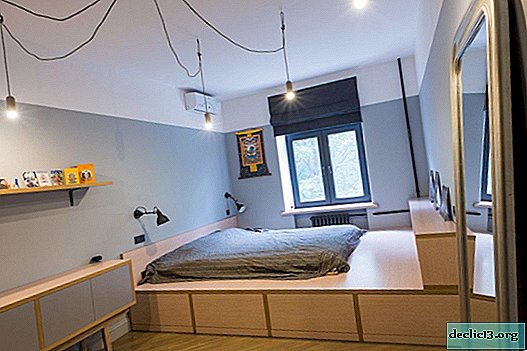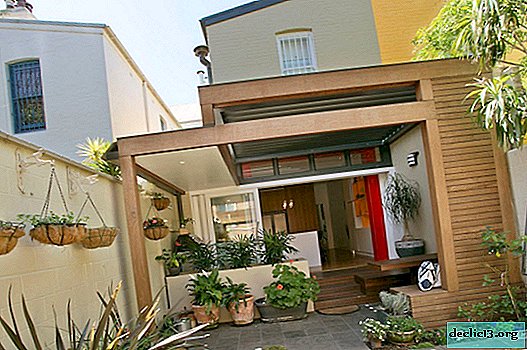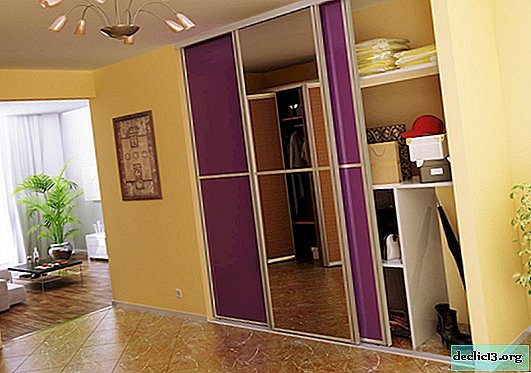Archaeological Museum of Istanbul: 3 galleries in one place
The Archaeological Museum of Istanbul is one of the most significant historical complexes of the city, the collections of which contain at least a million unique exhibits belonging to various civilizations that once flourished in the territory of modern Turkey and the former Ottoman Empire. The initiator of the construction of the museum at the end of the 19th century was the Turkish archaeologist and painter Osman Hamdi Bay. For a long time, the activist fought for the protection of historical monuments and sought the adoption of a law banning the export of cultural property from Turkey.

The construction of the institution began in 1881 and lasted more than 21 years, although some expositions of the complex became available to visitors in 1891. Initially, only the tombs of the 4th-5th centuries were exhibited in this gallery of Istanbul, so for the first time it was called the Museum of Sarcophagi. But over the years the collection of the institution expanded, which required the construction of additional premises. So, in 1935, the opening of the second museum dedicated to the Ancient East took place here. Soon, the complex also included the medieval pavilion of tiles, founded in 1472 by order of the Ottoman padishah Mehmed II and for a long time been part of the Topkapi Sultan's Palace.
In 1991, a six-story building was added to the facility, the first two floors of which were allotted for storage. But today, a special children's museum with an exhibition for schoolchildren is also located here, which tells interestingly and easily about the history of the Ottoman Empire.

Currently, the Archaeological Museum of Istanbul is one of the most popular in the city. It is conveniently located in the midst of the attractions of the metropolis near the famous Topkapi Palace. This is not a place where you will be bored, because the expositions of the complex, like a time machine, take you hundreds of years ago, telling the history and art of the most powerful empires of the ancient era. And what exactly is exhibited within the walls of the museum, we tell in more detail further.
What can be seen in the museum

Only thanks to the active work of Osman Hamdi-Bey, not only the initiator of the construction, but also the main director of the gallery, the Archaeological Museum was transformed from a simple warehouse of relics into an invaluable historical collection. It was Hamdy Bay who spent incredible efforts on sorting and cataloging the exhibits, and also contributed to the expansion of the foundation of the institution through archaeological excavations. It is worth noting that such research was organized both on the territory of modern Turkey and abroad: in the Balkans, in Mesopotamia, Greece, Arabia, Africa and many other places.

Today, the Istanbul Museum is divided into three main galleries: archaeological, tiled and ancient Eastern. The first section of the museum displays numerous exhibits related to Ancient Rome and Ancient Greece, among which you can see both solid monuments and small fragments. The busts of the conqueror Alexander the Great, Emperor Marcus Aurelius, the poetess Sappho and the founder of the Roman Empire, Octavian Augustus, are well preserved. Here you can see the statues of the ancient Greek gods Zeus and Neptune. A part of the sculpture of Aphrodite, which once adorned the temple of Zeus in Pergamum, and the lion statue are the last surviving relic from the mausoleum of Halicarnassus. Visitors can see the military attributes and chariots of the Roman Empire and numerous medals and coins of the Ottoman era.

The section of the Ancient East is a spacious room, where many large exhibits are not exhibited, not covered with glass domes. The most valuable are the sarcophagi, among which you can find the Lycian tomb, dated to the 5th century, the “Sorrowful woman” sarcophagus with a carved image of a sobbing woman, as well as the sarcophagus of Alexander the Great. The latter are named after the great conqueror because of the decoration of the tombs: military scenes from the life of the famous ruler predominate in the decor of products. Many of these objects have preserved genuine paint to this day.
The Museum of Ancient Oriental Studies also includes mummies of Egyptian pharaohs, obelisks and artifacts from Mesopotamia, tombstones, jewelry and cuneiform tablets from various ancient countries. Part of the facade of the Ishtar Gate from Ancient Babylon, decorated with images of mythical animals, are considered one of the most valuable exhibits.

The building of the third section of the museum in itself is of genuine interest: it is a 15th-century building that once served as a recreation room for the sultans in the Topkapi Palace. A variety of clay products are exhibited in the tiled art pavilion: most of the collection is dishes and architectural decor items decorated with hand-painted paintings. The section has the opportunity to admire the famous Iznik ceramic tile, which was used to decorate the interiors of such famous buildings as the Sultanahmet Mosque (Blue) and the Rustem Pasha Mosque. The pavilion presents ceramic works by Ottoman and Seljuk masters, as well as later examples of Anatolian artisans.
How to get there
 Gulhane Park
Gulhane ParkThe Archaeological Museum of Istanbul is located in the historical district of the city, close to most popular attractions. The closest objects to the gallery are Topkapi Palace and the oldest park in Istanbul - Gulkhan, so it is quite reasonable to combine a visit to these places. Although if you plan to study the museum exhibits in the smallest details, then you can set aside a whole day for a tour of the complex. In any case, getting here is quite simple.
To get to your destination, you need to use the light rail following the T1 Kabataş-Bağcılar line. You need to land at the Gülhane station, after which you will have to walk about 450 meters southeast of the stop, which in general should take no more than 6 minutes.
Compare accommodation prices using this form
Practical information

Address: Cankurtaran Mh., 34122 Fatih / İstanbul.
Opening hours: in the winter season from October 30 to April 15, the museum is open from 09:00 to 16:45. You need to buy tickets and enter the complex before 16:00. In the summer period from April 15 to October 30, the facility runs from 09:00 to 18:45. Ticket offices are open until 18:00.
Cost of visit: 20 tl.
Official website: Istanbul Archaeological Museum has its own website www.istanbularkeoloji.gov.tr.
Read also: Istanbul metro map and features of using the subway.
Useful Tips

- In 2018, restoration work is underway at the Istanbul Museum, so a large part of the exhibits were out of the access zone. If you want to see the expositions in full scale, we advise you to postpone the trip to the gallery until the reconstruction is completed.
- Galleries can be visited for free with the Museum Pass card, which is sold at the box office. Its price is 125 tl, and it gives you the opportunity to freely pass to other paid sights of Istanbul.
- Plan your time in advance, pay attention to the opening hours of the Archaeological Museum of Istanbul. Please note that the last ticket can be bought 45 minutes before the official closing.
- You will need from 2 to 3 hours to visit the three galleries of the complex.
- Tourists visiting the museum are advised to drop in a cafe located in the courtyard, where you can relax with a cup of Turkish coffee and watch parrots and storks.
- As a rule, there are not long queues at museum ticket offices, but in the summer season there may be more people than we would like, so plan your excursion taking into account this fact.
- In 2018, the audio guide in the museum does not work, and information about the exhibits is presented on the plates only in Turkish and English. So before visiting the facility, be sure to read the information about the complex.

Prices on the page are for January 2019.
Output
It will be interesting to visit the Archaeological Museum of Istanbul not only to lovers of archeology and history, but also to tourists who are completely unaware of ancient civilizations. Its rich collection includes many unique exhibits, analogues which you will not find in any other museum in the world. Therefore, it is really worth a visit, maybe even more than once.





